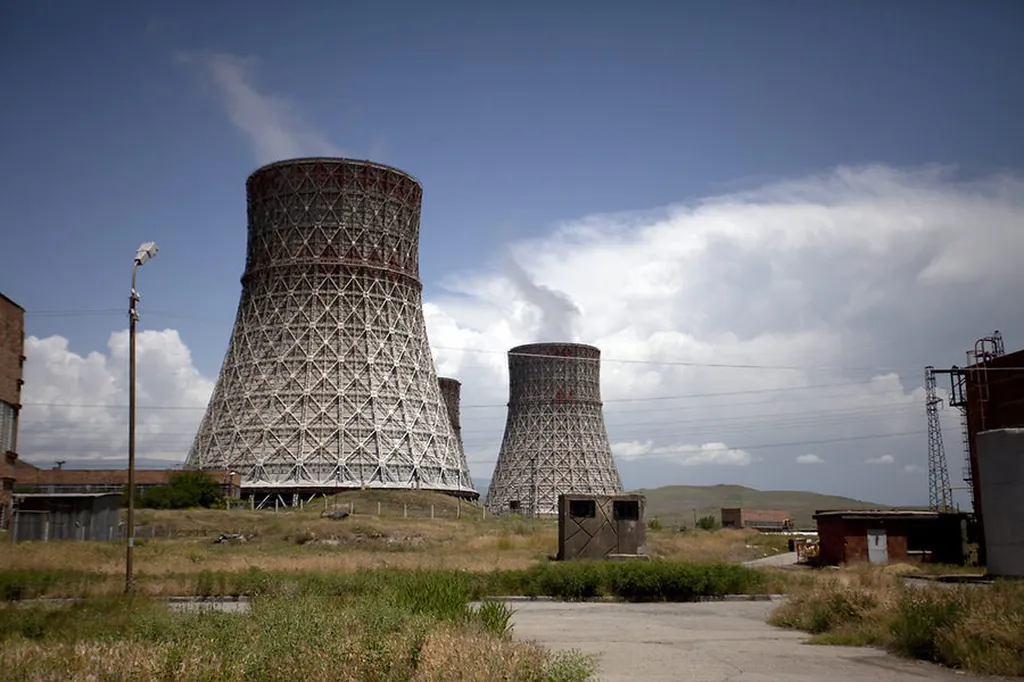In the frosty heart of Armenia’s Syunik Province, a quiet revolution is taking place, one that could reshape the energy landscape of cold-climate regions worldwide. Davit Hakobyan, a researcher from the National University of Architecture and Construction of Armenia, has been delving into the world of thermal insulation, and his findings, published in the *Journal of Architectural and Engineering Research* (which translates to *Journal of Architectural and Engineering Research* in English), could have significant implications for the energy sector.
Hakobyan’s study, focused on the town of Sisian, is a beacon of hope for residential buildings struggling with the chill of harsh winters. The research zeroes in on the effectiveness of thermal insulation, particularly polyurethane foam, applied to the exterior walls and roofs of typical two-story houses. “The potential for energy savings in these regions is immense,” Hakobyan asserts. “Our study demonstrates that with the right insulation, we can significantly reduce heat loss and energy demand.”
The numbers speak for themselves. During the heating season, when energy consumption is at its peak, Hakobyan’s team observed a substantial reduction in heat loss through the building envelope post-insulation. This translates to lower energy bills for residents and a reduced environmental footprint, as the demand for heating fuels like natural gas or electricity diminishes.
The implications for the energy sector are profound. As Hakobyan explains, “By adopting energy-efficient construction practices, we can reduce the overall energy demand, leading to a more sustainable and resilient energy infrastructure.” This could mean a shift in energy production and distribution strategies, with a greater emphasis on efficiency and conservation.
The study also underscores the need for policy interventions. Hakobyan advocates for the revision of national building codes and the development of targeted energy efficiency programs. “Policymakers, architects, and engineers must come together to promote sustainable development and energy independence,” he urges.
The commercial impacts are equally compelling. Energy efficiency is not just about saving the planet; it’s also about saving money. For the energy sector, this means new opportunities in energy-efficient construction materials, retrofitting services, and smart energy management systems. It’s a chance to innovate and adapt to the changing demands of a climate-conscious world.
Hakobyan’s research serves as a reminder that the path to a sustainable future lies in the intersection of science, policy, and industry. As we grapple with the challenges of climate change, studies like these offer a glimmer of hope, a testament to the power of human ingenuity and the potential for a more energy-efficient world.

